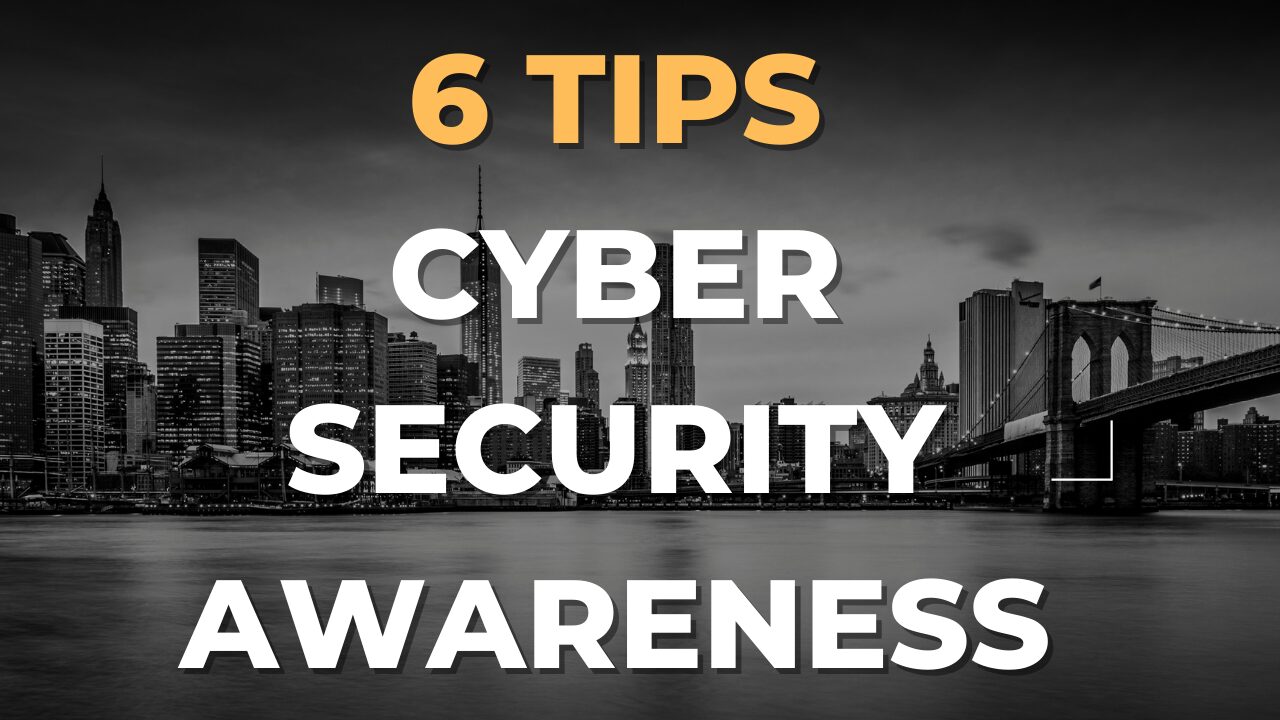If the thought of malware is scary, then the idea of ransomware is downright terrifying. A Trojan might steal sensitive information directly or via backdoor access. But ransomware leverages that data and its value to extort the victim for money. You may suddenly be bombarded by a big ugly pop-up message stating that all your documents, photos, and databases have been encrypted. You receive a warning that you’ve got 24 hours to pay $10,000 in Bitcoins. Either you obtain the decryption key, or lose everything forever!
Before diving into how to prevent ransomware, here are a few eye-opening statistics on this unsettling epidemic:
- Ransomware was in almost 40 percent of all spam messages in 2016 (IBM)
- Roughly 5,7000 computers per day (68,000 per month) are infected (Symantec)
- Criminals earn up to $33,600 per day ($394,000 per month) holding compromised data for ransom (Symantec)
- CryptoWall infected more than 625,000 users and extorted over $1.1 million over a five-month period (Dell SecureWorks)
- Ransomware total cost is estimated to $1 billion in 2016 (IBM)
This relentless threat is forcing security experts to work for their money on the detection front. When one specific program is neutralized, another round of variants emerge.
Ransomware Prevention
Like malware in general, the best approach to ransomware protection is prevention. You can avoid a costly data security nightmare by heeding these simple tips:
Invest In Disaster Recovery
Previously published in the Recovery Zone, Case Study: CPI Solutions and StorageCraft Conquer Cryptolocker underscores the importance a backup and recovery strategy plays in ransomware prevention. When you regularly backup your files, system, and application data, you automatically circumvent the main bargaining chip cyber criminals use for leverage. The ability to recover a single copy of your mission-critical data instantly renders ransomware demands futile.
Keep Security Tech Up to Date
According to Symantec, one particular strain of ransomware was detected an alarming 500,000 times over the course of 18 days. CryptoLocker has essentially been neutralized. But CrytoWall, CTB-Locker, Tescrypt, Torlocker, and several other variants are wreaking havoc in its place. Configure your anti-malware software to receive automatic updates! This is the most practical way to ward off the countless new variations being unleashed on a daily basis.
Block Pop-ups
Pop-ups are annoying little boogers, but they’re harmless, right? Not exactly. In fact, they are yet another vehicle crafty cyber criminals use to spread ransomware across the web. Luckily, modern browsers make it fairly easy to keep these annoyances at bay. Taking the time to adjust a few simple settings can pay off big time by blocking out malicious software designed to spook you into forking over cash to access your own systems.
Play It Safe Online
Ransomware gets around like the classical piece of malware. Avoid opening attachments and links in any email you didn’t explicitly request – even if it comes from a contact in your address book. Furthermore, it helps to be extra cautious when surfing the web. Like Trojans, ransomware apps are often disguised as desirable items that look genuine on the surface. You could unknowingly unload the malicious payload when installing a free diagnostic utility you downloaded from your favorite P2P site.
Patch Everything!
Need even more motivation to migrate from Windows XP? Let ransomware prevention be the reason. The program may run just fine, but using old and outdated software is like driving on a tire with the belt wire exposed – it’s a disaster waiting to happen. Microsoft no longer supports XP, so any new vulnerabilities that are discovered go unaddressed. Patch every piece of software in your ecosystem to fill in the gaps and plug up the holes hackers may try to exploit as attack vectors.
Credit of Article goes to: Storagecraft.com







